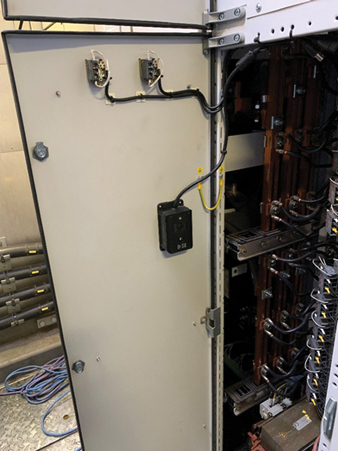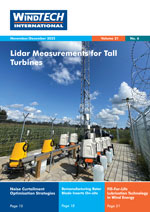 The Role of Continuous Thermal Imaging in Detecting Faults and Reducing Risks
The Role of Continuous Thermal Imaging in Detecting Faults and Reducing Risks
Wind turbines are a critical pillar of renewable energy production, yet they routinely encounter significant operational risks, including overheating, electrical fires, and arc-flash incidents within their nacelle environments. These issues not only threaten the reliability of energy output, they also endanger maintenance personnel, increase operational costs, and contribute to lengthy downtime. Traditional methods of diagnosing these hazards, while long relied upon, are often dangerous, inefficient and prone to data inaccuracies. In response to these persistent challenges, Puget Sound Energy transitioned from conventional diagnostic methods to an advanced, fixed, bispectral infrared camera solution, fundamentally transforming its approach to wind turbine maintenance. This article explores how the adoption of this technology resulted in substantial improvements in technician safety, operational efficiency, real-time diagnostics, and proactive failure prevention, ultimately reshaping best practices for wind energy infrastructure maintenance.
By Troy Goss, Project Manager, Sytis, USA










